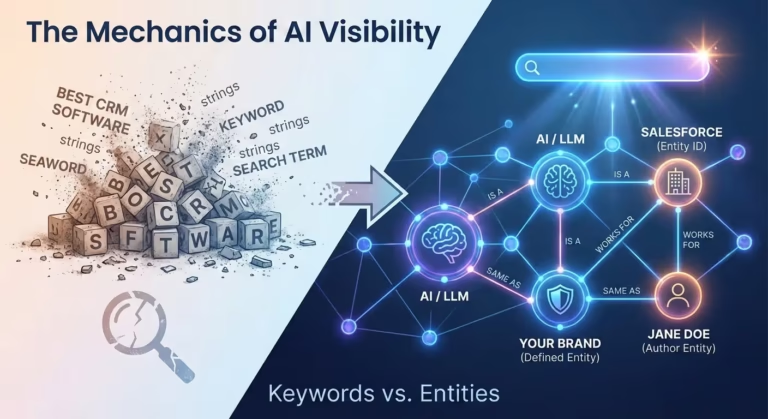Video content has become a powerful medium for communication and entertainment. YouTube, being the world’s largest video-sharing platform, attracts billions of viewers every day. As a content creator or marketer, it is essential to ensure that your YouTube videos not only provide valuable content but also deliver an optimal user experience. This is where optimizing core web vitals for YouTube videos becomes crucial. In this blog, we will explore what core web vitals are and provide practical tips on how to optimize them for your YouTube channel.
Understanding Core Web Vitals for YouTube:

Core web vital are a set of metrics that measure different aspects of a website’s loading, interactivity, and visual stability. They are essential for evaluating the overall user experience and play a significant role in search engine rankings. YouTube, being a video-centric platform, has its own set of core web vitals that focus on video performance and user engagement.
The three core web vitals for YouTube videos are:
Largest Contentful Paint (LCP):
LCP measures the time it takes for the largest content element, such as a video thumbnail or the video itself, to become visible to the user. A good LCP score ensures that your video starts loading quickly, minimizing user wait time.
First Input Delay (FID):
FID measures the time it takes for a user’s first interaction, such as clicking on a video or pausing it, to be responded to by the browser. A low FID score indicates a highly responsive and interactive video player.
Cumulative Layout Shift (CLS):
CLS measures the visual stability of a web page during loading. For YouTube videos, it assesses the unexpected shifts in the video player’s position that may occur while the page is loading. A low CLS score ensures that your video player stays in place, preventing frustrating user experiences.
Optimizing Core Web Vitals for YouTube Videos:
Choose an optimized video format:
Uploading videos in a format that is optimized for web playback can significantly improve loading times. Use formats like MP4 with H.264 video codec and AAC audio codec, which are widely supported across devices and browsers.
Compress your videos:
Large video file sizes can lead to longer loading times. Compress your videos without compromising quality to reduce file sizes. There are various video compression tools available online that can help with this.
Optimize video thumbnails:
Ensure that your video thumbnails are well-optimized and have small file sizes. Use compressed image formats like JPEG and consider using image optimization techniques to maintain quality while reducing file size.
Enable lazy loading:
Implement lazy loading for your video player, which means that the video player will only load when the user scrolls near it. This helps in reducing the initial load time and improves overall page performance.
Utilize video caching:
Leverage browser caching techniques to store certain elements of your YouTube videos, such as the video player and related resources, in the user’s browser cache. This allows for faster subsequent page loads and smoother video playback.
Optimize your website’s performance:
Core web vitals for YouTube videos are influenced by the overall performance of your website. Ensure that your website is optimized by minimizing server response time, reducing unnecessary JavaScript and CSS, and utilizing content delivery networks (CDNs) for faster content delivery.
Test and monitor regularly:
Use tools like Google’s PageSpeed Insights and Search Console to analyze your YouTube video’s core web vitals scores. Regularly monitor your scores and make necessary optimizations to ensure a consistently excellent user experience.
In Short, Optimizing core web vital for YouTube videos is crucial for enhancing user experience, increasing engagement, and improving search engine rankings. By following the tips mentioned above, you can ensure that your YouTube channel delivers fast-loading, highly interactive, and visually stable videos. Remember, a positive user experience leads to higher viewer retention, increased watch time, and ultimately, a successful YouTube channel. Stay updated with the latest practices, test your videos regularly, and adapt your optimization strategies to keep pace with evolving web standards and user expectations.
Check out our Previous Blog- Core Web Vitals And ECommerce: What You Need To Know


